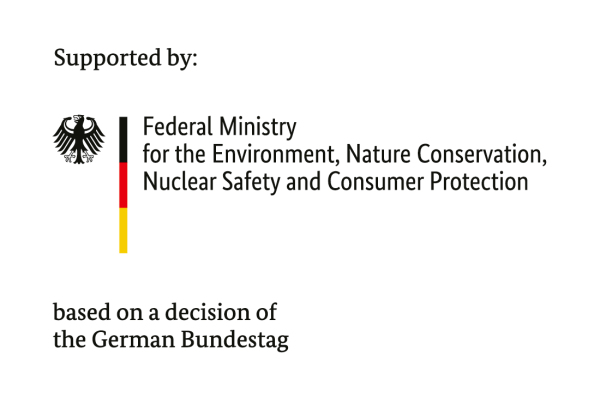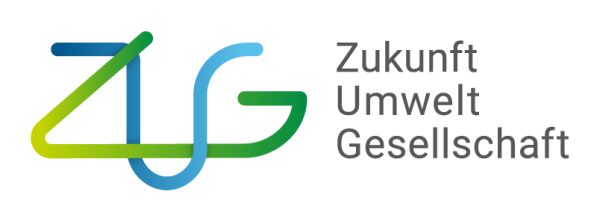Strengthening electronic participation rights in environmental protection in the European Union (Aarhus-Strong)
Digital Public Participation is a vital element of modern democracy. Especially when it comes to infrastructural projects such as power plants, factories or railway networks, the whole society is affected. The legislation of the European Union (EU) and the Aarhus Convention provides for a comprehensive Environmental Impact Assessment (EIA), where the public concerned can contribute their needs and expertise. Authorities are obliged to publish information on the planned projects and offer online EIA portals. Yet the implementation of EIA-portals across the EU is quite inconsistent and new opportunities for electronic participation offered by the digital transformation are currently not reflected in participation processes.
The overall objective of the project “Aarhus-Strong” is therefore to strengthen electronic participation practices of member state authorities within the EU. It must be ensured that the environmental administration takes greater account of the expertise, perspectives and proposals for action of the (young) public and environmental associations in the planning and approval of environment-related projects, plans and programs.
In cooperation with our Slovenian project partner (PIC – Legal Center for the Protection of Human Rights and the Environment) and the project partners from Estonia (Estonian Environmental Law Centre), Spain (International Institute for Law and the Environment) and Hungary (Environmental Management and Law Association), we analysed the current status of digital public participation in environmentally relevant planning and approval procedures in the respective countries and identified national challenges and examples of good practice.
Duration
11/2021 – 09/2024
Funded by
 Federal Ministry for the Environment, Nature Conservation, Nuclear Safety and Consumer Protection
Federal Ministry for the Environment, Nature Conservation, Nuclear Safety and Consumer Protection

Zukunft – Umwelt – Gesellschaft (ZUG) gGmbH
Contact:
aarhus-strong-project@ufu.de
In the country report resulting from this collaboration, we analyse the status of digital public participation in Estonia, Germany, Slovenia, Spain and Hungary. The study examines the impact of the COVID-19 pandemic on digital public participation, as this has led in particular to the digitisation of face-to-face public hearings. The study also focuses on the design of EIA portals or comparable online services. The results show that the degree of digitisation of the EIA portals varies greatly in the countries examined. Effective participation is hardly possible in some cases, although the rights of the Aarhus Convention apply to all EU citizens.
Country Reports:
Policy Papers:
Workshop Results:
Press about the project (in German):
In order to improve digital public participation in environmental protection, it is therefore necessary to create digital competences and capacities within the environmental authorities. The result of the project will therefore be the creation of an innovative and practice-orientated participation guide. In particular, we want to present EIA portals and good practice examples from EU and non-EU countries, which can be used as guidelines and inspiration for European environmental administrations and other stakeholders. The project results will be presented at a final event in summer 2024, where NGOs, lawyers, project developers and representatives of environmental authorities can exchange ideas.
So far, we have also organised three workshops with an international audience of experts and discussed the participation situation in various EU countries with country experts. Good practice examples from EIA portals in other countries were also presented at the third workshop.
The project also included the “European Innovation Lab”, a competition in which young experts from the EU were able to submit their ideas and suggestions for the design of a platform that meets the requirements and objectives of modern digital public participation. The first prize went to the Discourse model.



